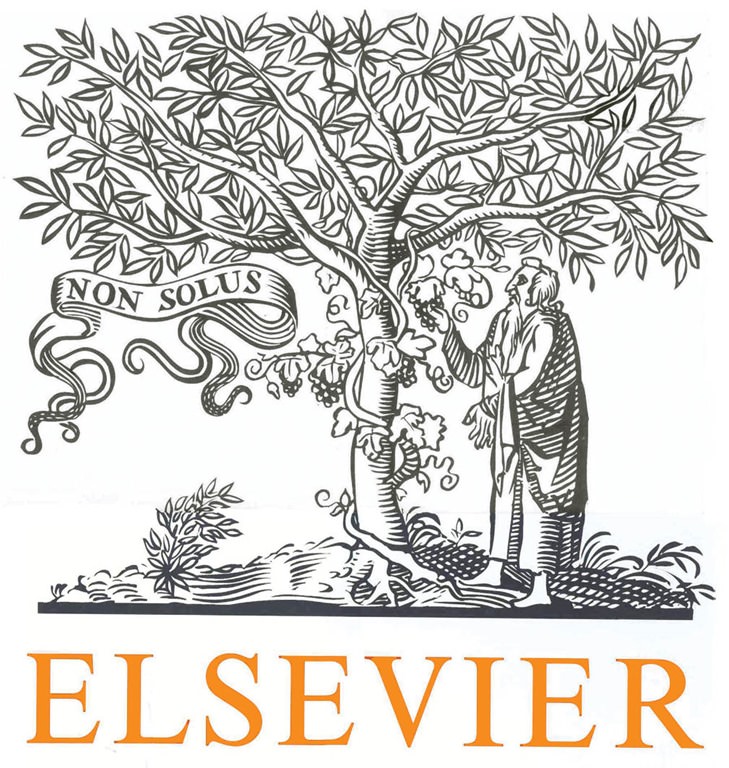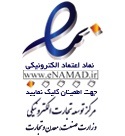Conclusions
In this article, we examined the effectiveness of career choice interventions using meta-analytic procedures and attempted to replicate the findings of Brown and Ryan Krane (2000). We found a weighted mean effect size of 0.352, which is consistent with previous meta-analyses, and indicates that on various outcome measures, those who receive career choice interventions scored a little over a third of a standard deviation above those who did not receive any interventions. Seven separate meta-analyses were then conducted on the outcome measures of vocational identity, career maturity, career decidedness, career decision-making selfefficacy, perceived environmental support, perceived career barriers, and outcome expectations. Career decision-making self-effi- cacy had the largest number of studies and the largest effect size (i.e., 446), but the test of heterogeneity of effect sizes was not significant. Tentative moderator analyses of career decision-making self-efficacy were conducted using the same interventions as Brown and Ryan Krane (2000). We did not find support for the same critical ingredients as Brown and Ryan Krane, but rather found that counselor support was associated with the largest effect sizes. In addition, we found support for interventions involving values clarifications and psychoeducation concerning the process of choice goals attainment (e.g., teaching clients a method of career decision-making). Further research is needed regarding the effectiveness of career choice interventions and, in particular, there is a need for studies that compare and contrasts the results from this study with the findings from Brown and Ryan Krane.








